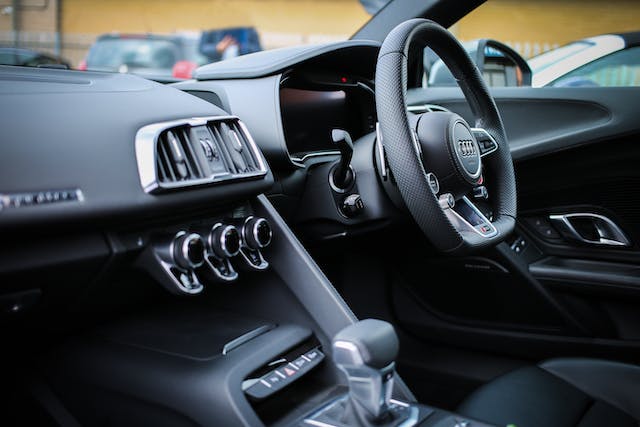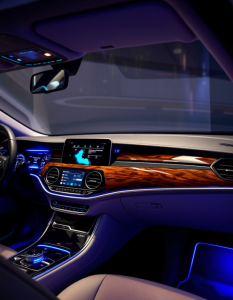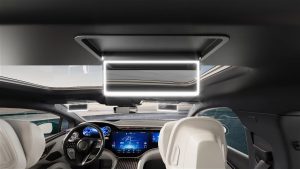Human-Machine Interface (HMI) systems have evolved into integral components of our daily interactions with technology. The success of these systems hinges on the delicate balance between functionality and user experience. At the heart of this equilibrium lies the art and science of interaction design. This blog endeavors to dissect the core principles that define HMI interaction design, encompassing key areas such as interaction design, visual aesthetics, motion dynamics, and multimedia elements.
Interaction Design: Orchestrating User-Centric Experiences
The foundation of an effective HMI system lies in its interaction design. This section explores the significance of user-centric approaches, intuitive navigation, and feedback mechanisms that foster a symbiotic relationship between humans and machines. From responsive touch interfaces to voice commands, the key is to create an environment where users feel seamlessly connected to the technology at their fingertips.
Visual Design: Crafting Aesthetically Pleasing Interfaces
Visual aesthetics play a pivotal role in user engagement and satisfaction. Unraveling the nuances of color schemes, typography, and iconography, this segment discusses how visual design contributes to the overall user experience. Striking a balance between aesthetics and functionality ensures that users not only perform tasks efficiently but also enjoy the visual journey through the HMI.
Motion Dynamics: The Dance of Functionality and Elegance
Motion dynamics add a layer of sophistication to HMI systems. Examining the role of animations, transitions, and dynamic feedback, this section underscores the importance of subtle motion in guiding users through their interactions. Well-executed motion design not only enhances usability but also adds a touch of elegance, transforming the HMI from a mere interface into an immersive experience.
Multimedia Integration: Elevating Interaction through Rich Content
Incorporating multimedia elements elevates HMI systems to new heights. From audio cues that provide real-time feedback to high-resolution graphics that enhance clarity, this segment explores how multimedia elements contribute to a holistic user experience. The fusion of visuals, sounds, and interactive elements creates a sensory-rich environment, making the interaction with the HMI both engaging and memorable.
Conclusion: Paving the Way for Future HMI Experiences
As we navigate the complexities of HMI system design, it becomes evident that the core lies in the meticulous orchestration of interaction design, visual aesthetics, motion dynamics, and multimedia integration. The future of HMI systems rests on our ability to harmonize these elements, creating interfaces that not only meet functional requirements but also resonate with users on a deeper, more experiential level. The journey towards unlocking the true essence of HMI design continues, promising a landscape where human and machine interaction is not just seamless but truly transformative.







